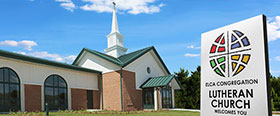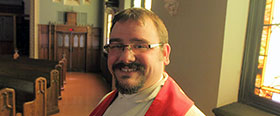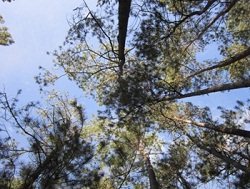The Rev. Paula M. Stecker works with the Lutheran World Federation Haiti office in communications and ecumenical relationships. To support Paula, or another of the ELCA’s nearly 250 missionaries, go to www.elca.org/missionarysponsorship.
I just returned from what is left of the Pine Forest, a few hours west of Port au Prince high in the Haitian mountains, at 6230 ft. It is still beautiful, but much thinner. Residents easily remember when if they stood in the forest, the trees were so thick that you could not see the sun. Today, that is not a problem. The forest has shrunk from 32.000 hectares to 9,000 hectares.
There is a whole sector of development and humanitarian aid that is called disaster risk reduction, which works with communities to be prepared for disasters that are likely and to mitigate the risks they would bring by altering the state of the environment. For example, in Haiti, that has meant planting trees, protecting remaining cloud forests and assisting those in the mountains (two-thirds of the nation) to terrace fields and build drywalls to conserve the soil. Even offering alternative livelihoods is a great means to protect the environment by discouraging people from cutting down slow-growing native trees to make charcoal or planks. Avocado trees and coffee trees can be planted to help hold the soil and to offer other revenue sources.
Unfortunately, the politics and economics surrounding these lands get complicated and often the environment gets the short end of the stick.
Not long ago, I read in a local newspaper that the North (U.S. Canada, Europe, China, Japan…) have finally figured out that it is worth paying the poor nations, in which these cloud forests are found, to rebuild healthy forest cover to reduce the ecological damage of the North’s destruction of the ozone by their industrial pollution. That’s probably not enough in itself. There are still companies from the North exploiting woods and metals in this tropical zone, ripping open the land where there had been rich ancient forests. But it helps us see that the cloud forest is not just Haiti’s problem, it is the world’s problem. What are we going to do about it?
Peace,
Paula Stecker











